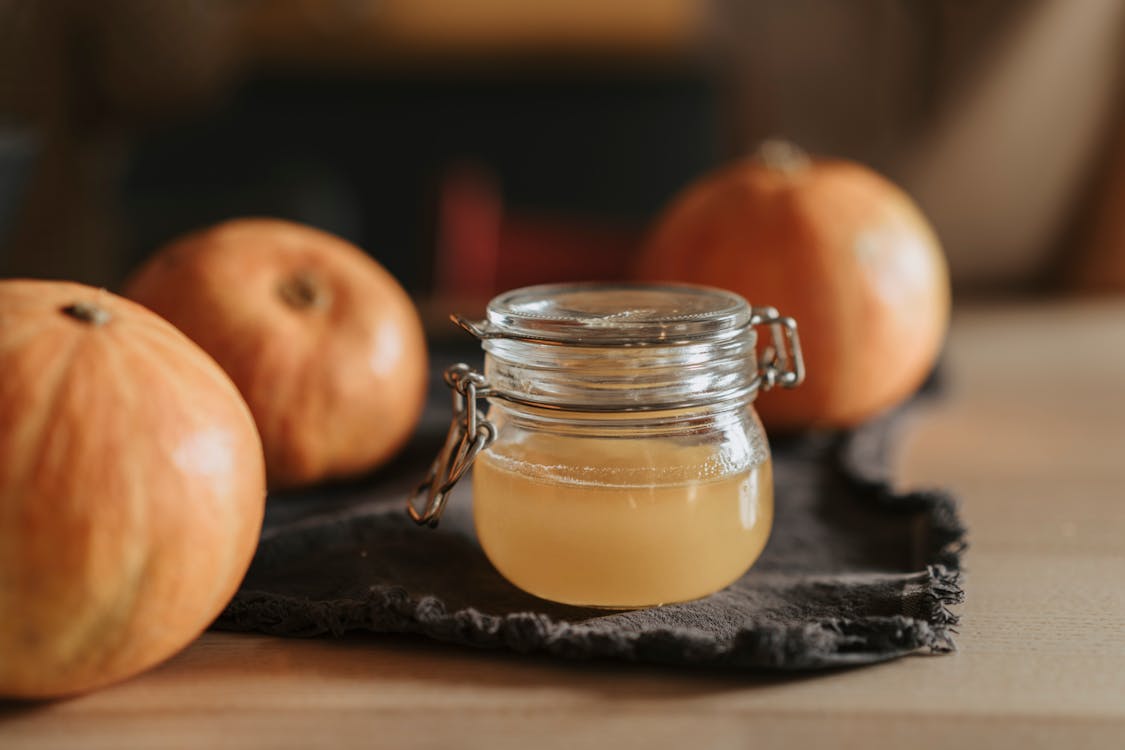10 Home Remedies for Toenail Fungus
1. Tea Tree oil helps to clear up the infection
Tea Tree oil, derived from the leaves of the Melaleuca alternifolia tree, is renowned for its potent antimicrobial properties, making it a valuable natural remedy for clearing up infections.
Rich in bioactive compounds such as terpinen-4-ol, Tea Tree oil exhibits broad-spectrum antimicrobial activity against bacteria, fungi, and viruses. When applied topically, Tea Tree oil can penetrate the skin and target the underlying infection, helping to inhibit the growth of harmful microorganisms and accelerate the healing process.
2. Apple cider vinegar is a proven remedy for toenail fungus
Apple cider vinegar has gained popularity as a traditional remedy for toenail fungus due to its acidic nature and potential antifungal properties. The acetic acid present in apple cider vinegar is believed to create an environment that is hostile to fungal growth, making it an appealing option for those seeking natural treatments.
When applied topically to affected toenails, apple cider vinegar may help to inhibit the growth of fungus and alleviate symptoms such as discoloration, thickening, and brittleness. Additionally, the acidic nature of apple cider vinegar may help to restore the natural pH balance of the skin and nails, creating an environment less conducive to fungal growth.
3. Baking soda helps to kill the fungus
Baking soda, also known as sodium bicarbonate, is renowned for its versatility and potential health benefits, including its purported ability to combat fungal infections.
When applied topically as a paste or solution, baking soda may help to neutralize the acidic environment favored by fungi, thereby inhibiting their growth and promoting healing. Additionally, baking soda possesses mild antifungal properties that can further aid in eliminating fungal infections. Its gentle abrasive nature may also help to exfoliate dead skin cells and debris, promoting healthier skin and nails.
Read Also:
Focus While Studying: 10 Proven Methods
4. Garlic has antifungal property which clears up the fungus
Garlic, renowned for its culinary and medicinal properties, has long been praised for its potential antifungal effects, making it a popular natural remedy for fungal infections. Rich in compounds such as allicin, ajoene, and other sulfur-containing compounds, garlic exhibits potent antimicrobial properties that may help combat various types of fungi.
When consumed orally or applied topically, garlic may interfere with fungal growth and reproduction, ultimately helping to clear up fungal infections. Additionally, garlic’s immune-boosting properties may enhance the body’s natural defense mechanisms against fungal pathogens, contributing to the resolution of infections.
5. Coconut oil can be used to moisturize the nail and surrounding skin
Coconut oil, celebrated for its versatile properties and numerous health benefits, is often lauded for its potential to moisturize and nourish the nails and surrounding skin.
Rich in medium-chain fatty acids, such as lauric acid, coconut oil possesses emollient properties that help to lock in moisture, soften the skin, and strengthen the nails. When applied topically, coconut oil forms a protective barrier that helps to prevent moisture loss and protect the delicate skin around the nails from dryness and damage.

6. Applying oregano oil daily can help in healing toenail fungus
Oregano oil, derived from the leaves of the oregano plant, is renowned for its potent antimicrobial properties and has gained attention as a potential natural remedy for toenail fungus. Rich in compounds such as carvacrol and thymol, oregano oil exhibits strong antifungal activity that may help to combat fungal infections, including those affecting the toenails.
When applied topically to the affected nails and surrounding skin, oregano oil penetrates deep into the nail bed, targeting the fungus at its source. Its antimicrobial properties work to inhibit the growth and spread of fungal pathogens, while its anti-inflammatory effects may help to alleviate discomfort and reduce inflammation associated with fungal infections.
7. Lavender oil helps to reduce fungus
Lavender oil, revered for its soothing aroma and therapeutic properties, is believed to possess antifungal properties that can aid in the reduction of fungal infections, including those affecting the skin and nails.
Rich in compounds such as linalool and linalyl acetate, lavender oil exhibits antimicrobial activity that may help to combat fungal pathogens responsible for conditions like toenail fungus. When applied topically to the affected area, lavender oil penetrates deep into the skin and nail bed, targeting the fungus and inhibiting its growth.
Read Also:
Healthy Foods For Keeping Healthy Weight In Winters Cold
8. Cornmeal is an excellent remedy for toenail fungus
Cornmeal, often hailed for its versatility in culinary applications, has also gained recognition for its potential efficacy as a natural remedy for toenail fungus. This coarse flour derived from dried maize kernels contains properties that are believed to inhibit the growth of fungal pathogens responsible for nail infections.
When used as part of a foot soak or paste, cornmeal creates an alkaline environment that may help to disrupt the fungal environment, making it less hospitable for the fungus to thrive.

10. Hydrogen peroxide mixed with water is a proven remedy for toenail fungus
Hydrogen peroxide, a common household antiseptic, has garnered attention as a potential remedy for toenail fungus due to its antifungal properties. When diluted with water, hydrogen peroxide creates a solution that can effectively target fungal infections while minimizing the risk of skin irritation or damage.
The antifungal action of hydrogen peroxide is thought to occur by disrupting the cell membranes of fungal organisms, thereby inhibiting their growth and spread. To use hydrogen peroxide for toenail fungus, it is typically diluted with water in a ratio recommended by healthcare professionals, as undiluted hydrogen peroxide can be too harsh and may cause adverse reactions.




